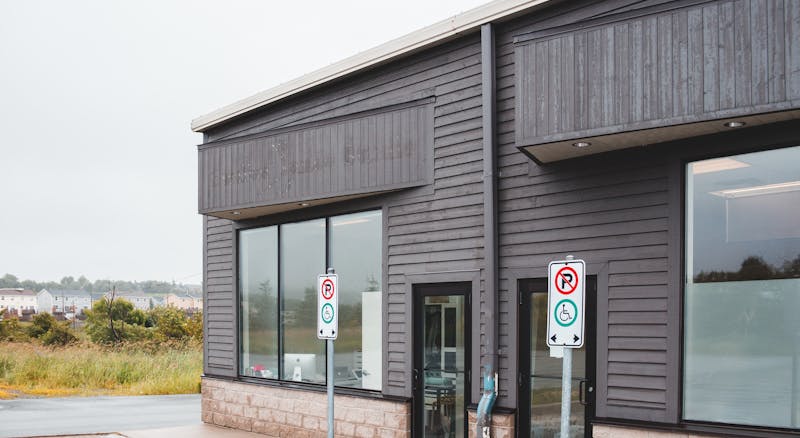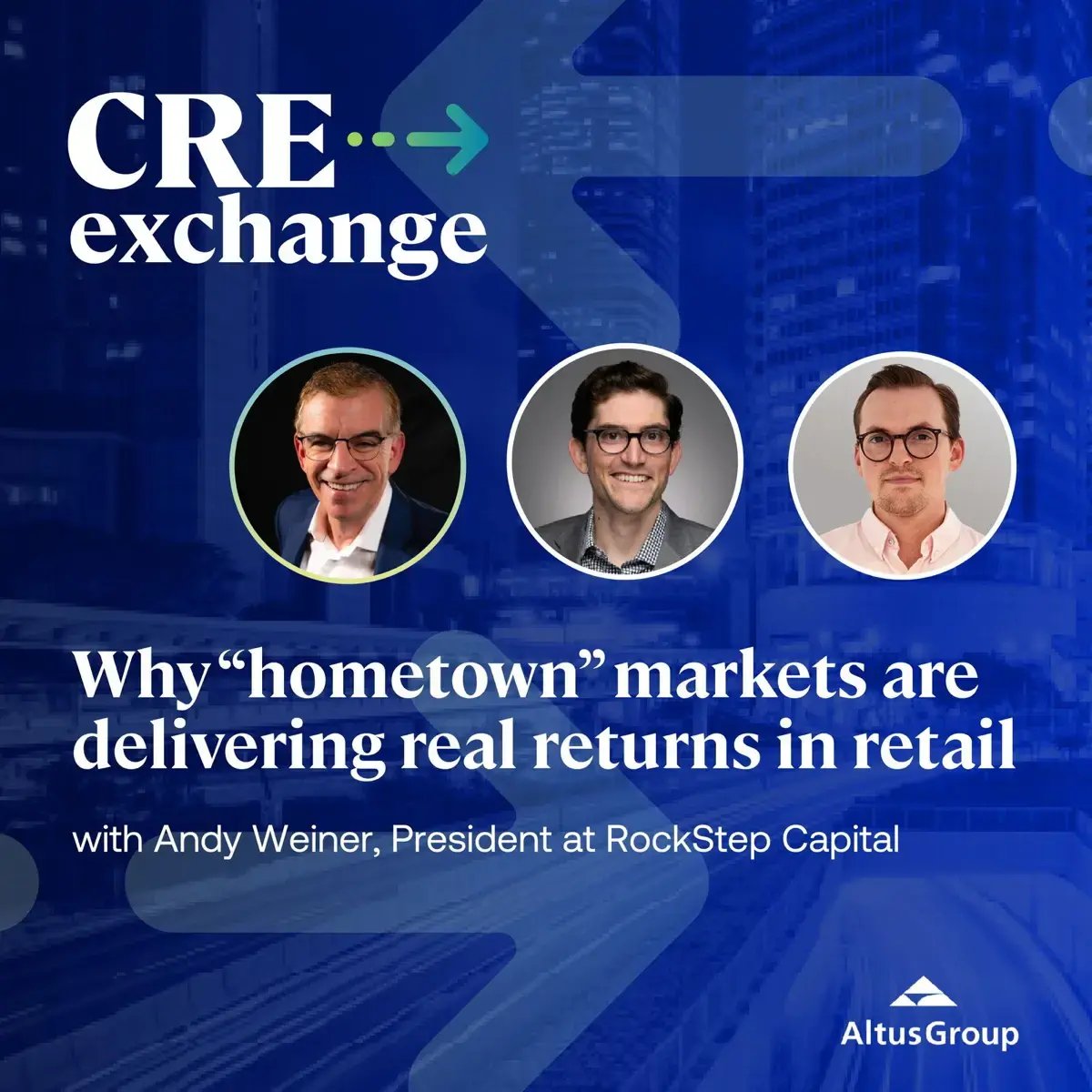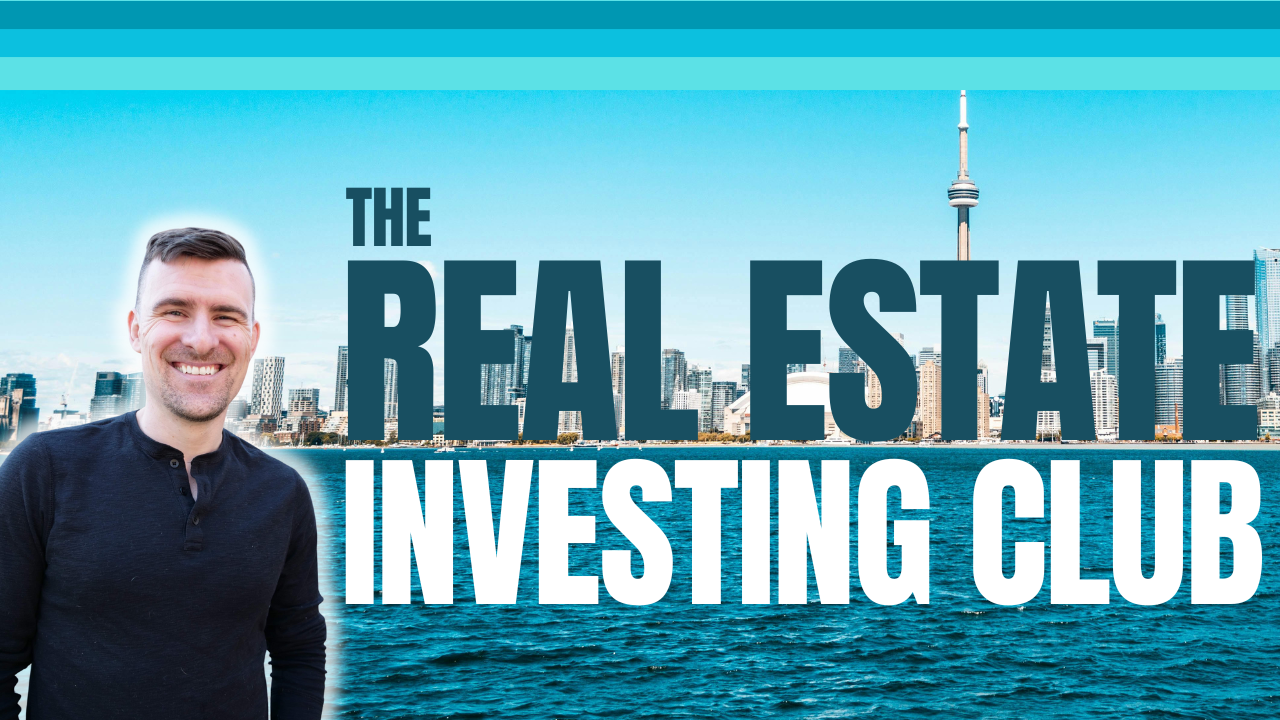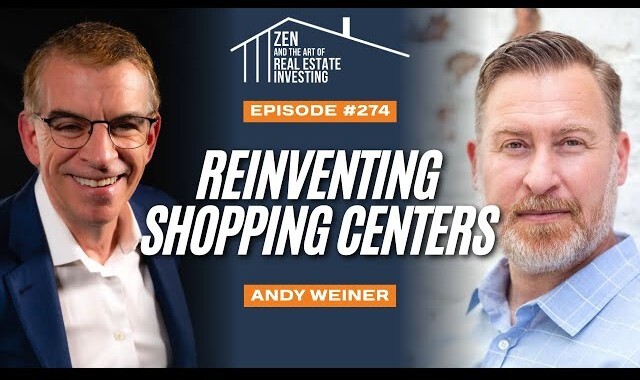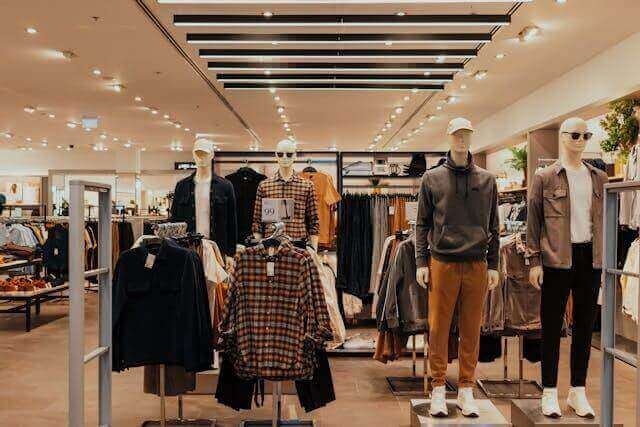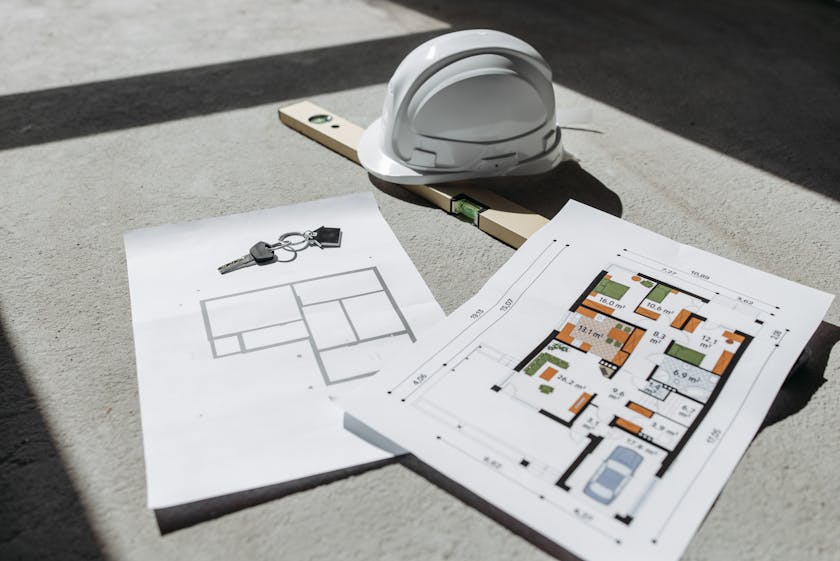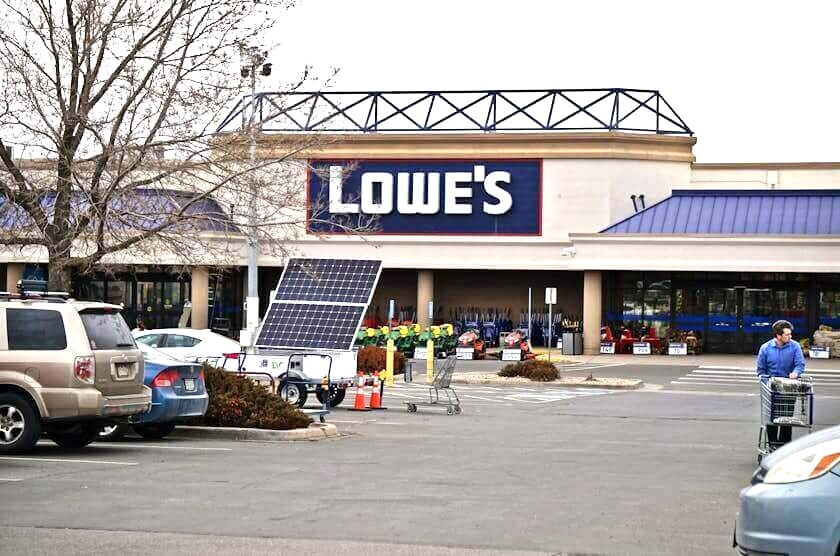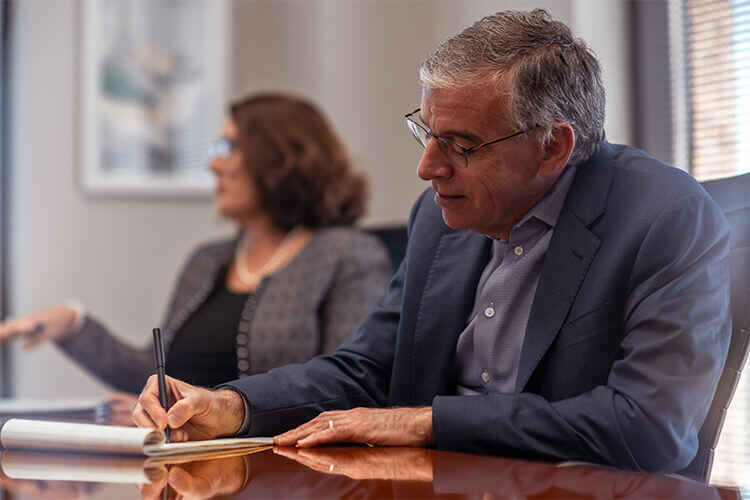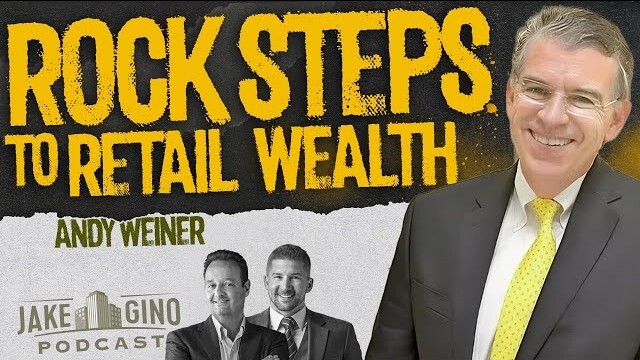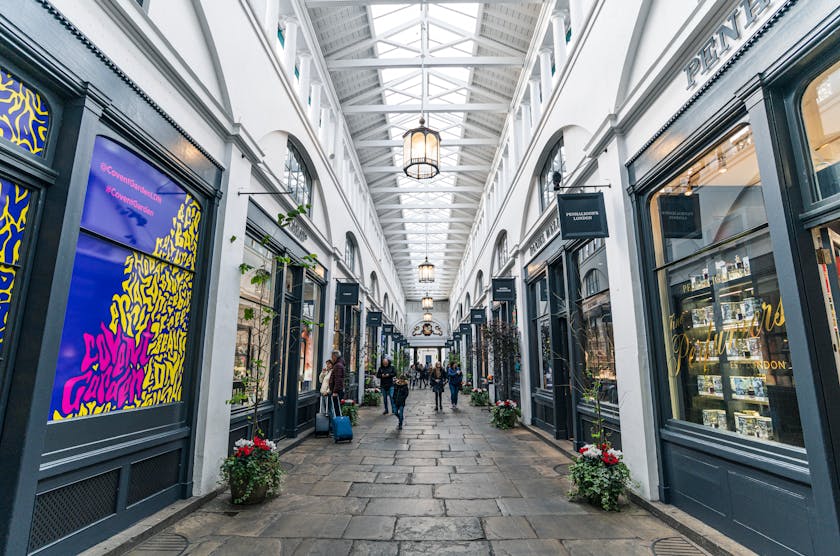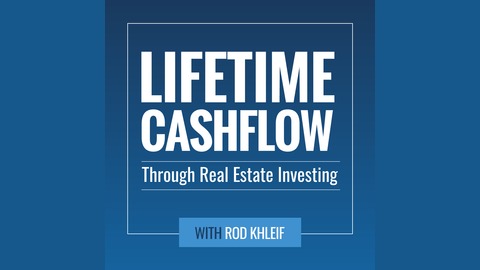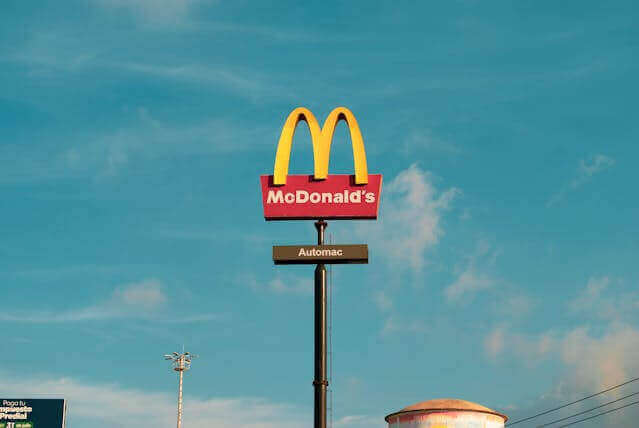How Developers Breathe Life Into Forgotten Spaces With Redevelopments
March 17th, 2025
5 min read
By Andy Weiner
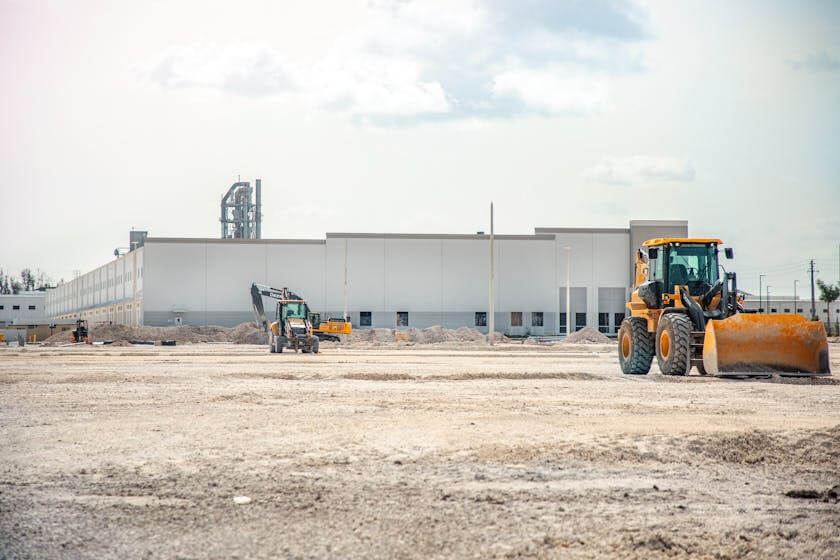
Redeveloping underperforming shopping centers involves first assessing tenancy and income stability, then redesigning the asset by dismantling interiors or converting space use, right-sizing retail, and adding mixed-use elements such as housing or hospitality. Success depends on having a demand driver, engaging community incentives, and aligning with local stakeholders.
At RockStep Capital, we specialize in transforming underperforming shopping centers—especially in secondary and tertiary markets—into thriving, mixed-use developments that better serve their communities. This isn’t about simply repurposing retail spaces; it’s about reimagining these properties as dynamic hubs that bring together retail, entertainment, hospitality, healthcare, and even residential components to create sustainable, long-term value.
Mall redevelopment is a complex and nuanced process. It requires a deep understanding of market demand, tenant needs, financial feasibility, and community engagement. Our approach is data-driven, highly strategic, and always centered around aligning our projects with local economic and cultural needs.
Identifying Malls For Redevelopment
Not every mall is a candidate for redevelopment. When assessing a property, we typically consider three core strategies:
- Manage the property as is – If the mall is still financially viable, we focus on optimizing cash flow and managing the asset effectively.
- Arbitrage pieces of the property – Selling off periphery parcels can help reduce overall investment costs and improve financial performance.
- Shrink or eliminate the mall – In cases where the property is no longer sustainable, we look at repurposing, demolishing, or converting the architecture into something more viable.
The Role of Net Operating Income (NOI)
A critical factor in deciding whether to redevelop is net operating income (NOI). If you have a situation where you have unstable net operating income—in other words, it's falling, and you cannot stem the fall or stabilize or sustain a level of net operating income—it becomes a likelier candidate for redevelopment.
However, NOI alone doesn’t drive the decision. There has to be an “engine” for redevelopment—something that provides the momentum to make the project financially and operationally successful. An engine is a large retailer that wants to be on the land or in the existing architecture. Sometimes, that means repurposing the existing structure for lower occupancy costs, and other times, it means demolishing and starting fresh. But a redevelopment is unlikely to succeed without an anchor or demand driver.
Balancing Retail With Mixed-Use Development
Creating Sustainable Retail Spaces
Retail still plays a role in our redevelopments, but it has to be right-sized and restructured to meet current market demands. Malls in secondary or tertiary markets that have unstable net operating income. In other words, it’s not sustainable because you always need a strategy.
The key is moving viable tenants to exterior-facing spaces. Tenants are viable and sustainable if they move or are located with an outside entrance, and the layout of many older malls makes this feasible. In other words, there's a width of frontage to create outside entrances through a department store, vacant department store box, or some other wall feature that can be converted to the outside.
Redeveloping Excess Space
Once retail is reconfigured, the remaining space can be repurposed. If you right-size the property by reducing the amount of square footage for retail, and most likely facing it out, oftentimes there is acreage—there is space to the side or the rear—that could justify multifamily, hospitality, or other types of use.
We determine the best use of that excess space by considering:
- Market demand – What is needed in the community?
- Zoning and regulations – What’s allowed on the site?
- Financial viability – Does the investment make sense?
- Infrastructure feasibility – Can roads, parking, and utilities support new uses?
This approach ensures that retail remains an important development component while making room for other uses that add value to the community.
Case Studies: Transforming Malls Across The U.S.
We are currently working on six mall conversions across the country. Each is unique, but they all share a common goal: turning struggling retail properties into thriving mixed-use developments.
- Janesville, Wisconsin – The city is investing $50 million to build the Woodman’s Sports Complex, a 125,000-square-foot facility featuring two ice rinks. One rink will have seating for 1,800 spectators and will be home to the semi-professional Janesville Jets hockey team, while the second rink will be used for team practices. Additionally, the complex will include 40,000 square feet of indoor space for volleyball, basketball, and conferences, along with various multifamily and hospitality projects.
- Scottsbluff, Nebraska – We are pulling tenants to face out through a conversion of the former Walmart and Herberger’s boxes, and in addition, facing everybody out and eventually closing off the interior.
- Hutchinson, Kansas – We will get rid of the interior space as we “move” five interior spaces to the exterior, adding Ross and Five Below to this new exterior lineup.
- Hot Springs, Arkansas – We will demolish the entire mall except for Dillard’s and JCPenney, and then we will bring in a national retailer.
- Virginia, Minnesota – We had two empty spaces: one was a Kmart that had been converted into three national tenants, and the other was a department store that had been taken over by Hobby Lobby. Inside the mall, we’re starting with a TJ Maxx, which is set to open by the end of the year. Eventually, we plan to close off the interior and transition everything to an exterior layout.
Community Engagement And The Role of Incentives
To make a conversion work, you need community support. Cities and municipalities understand that malls, if left undeveloped, can become liabilities. Because generally, they want new tenants, and they know that a mall's architecture is often outdated and malls can be vulnerable to deterioration. They want to support efforts to reinvent or stabilize that property.
How Incentives Make a Difference
Public-private partnerships, tax incentives, and grant programs can help bridge financial gaps. The conversion in Scottsbluff, Nebraska, Hutchinson, Kansas, and Virginia, Minnesota, required city incentives. These projects wouldn’t be feasible without collaboration between developers and local governments.
The Future of Mall Redevelopment
The biggest trend shaping the future of mall conversions is the rising cost of new construction. Construction costs are up by 30, 40%, and interest rates are up. I don’t expect interest rates to fall. As a result, existing retail space is becoming more valuable. The occupancy costs of second-generation space are lower than the occupancy costs of new space.
At RockStep, we are focused on ensuring every redevelopment aligns with the needs of tenants and the community. Shopping centers are really driven by tenant demand. So if a major quality investment-grade tenant has an interest in being part of the development, that's really what drives that redevelopment.
The RockStep Strategy And Our Long-Term Vision
At RockStep Capital, we don’t just redevelop malls—we reinvent them. No one in the country does it like us, and that’s because we take a unique, hands-on approach that sets us apart from traditional real estate firms.
A Different Approach To Mall Redevelopment
We’re vertically integrated. We’ve got a lot of experience in mall conversions. We’ve got high-quality people—many have been trained in institutional-type companies. Our team isn’t just experienced; we’re strategic. Every redevelopment project we take on is carefully analyzed for financial feasibility, tenant demand, and community impact.
But expertise alone isn’t enough. What truly differentiates us is our ability to align with local interests. We have an investor network that can help us align with the community's interests and help us get community support and focus. That means we don’t just make investments. We build relationships with local lenders, city officials, and stakeholders to ensure our projects have long-term sustainability.
Our Long-Term Vision: Leading The Future of Mall Redevelopment
We have a clear mission: we want to be the country’s leading mall transformation investment company in secondary and tertiary markets in the United States. We’re not just acquiring properties—we’re actively shaping the future of retail real estate by applying the RockStep strategy.
The RockStep strategy is simple: smart purchase, local investors, local lenders, and community alignment. We don’t believe in short-term fixes. Instead, we focus on long-term value creation by combining the right mix of retail, entertainment, hospitality, and mixed-use components that make sense for each market.
Malls are not dead—they’re evolving. And we are at the forefront of that evolution. With the right strategy, strong partnerships, and a deep understanding of market demand, we are transforming underperforming shopping centers into thriving, multi-use destinations.
At RockStep, that’s exactly what we do. And we plan to “live happily ever after.”
Andy Weiner is the CEO and Founder of RockStep Capital, a Houston-based real estate investment firm focused on shopping center developments in secondary and tertiary markets. A Stanford and University of Texas graduate, he began his career in his family’s retail business. Since 1997, he has led the acquisition or development of over 9.7 million square feet of shopping centers across 11 states without capital calls or assets returned to lenders.
Topics:





